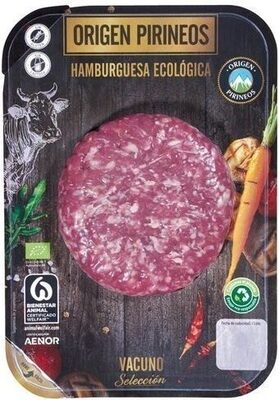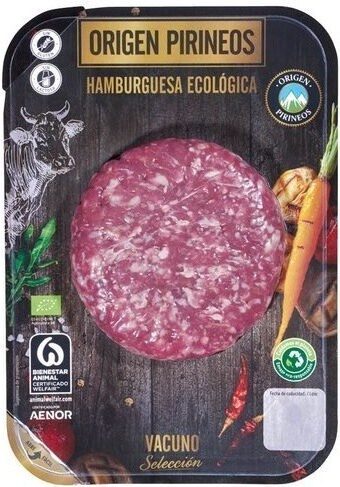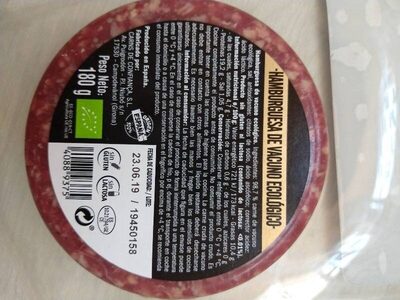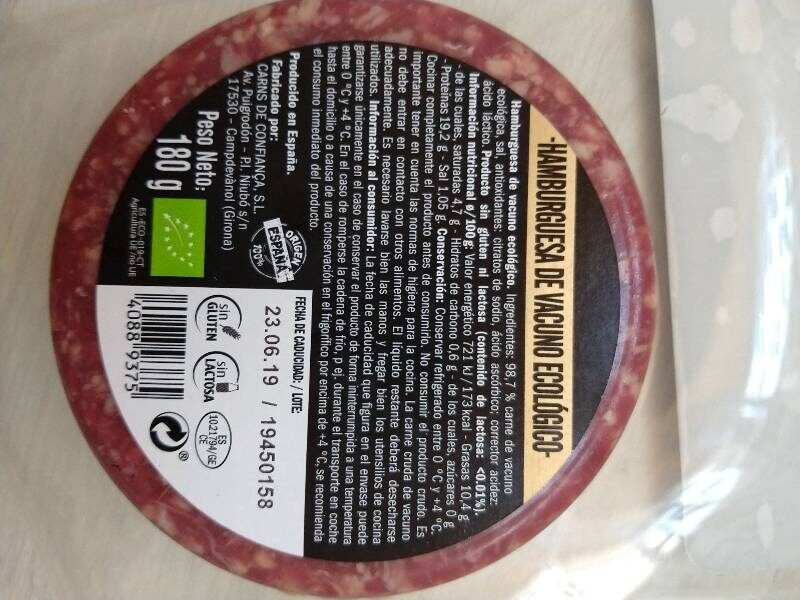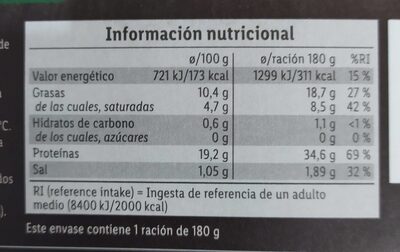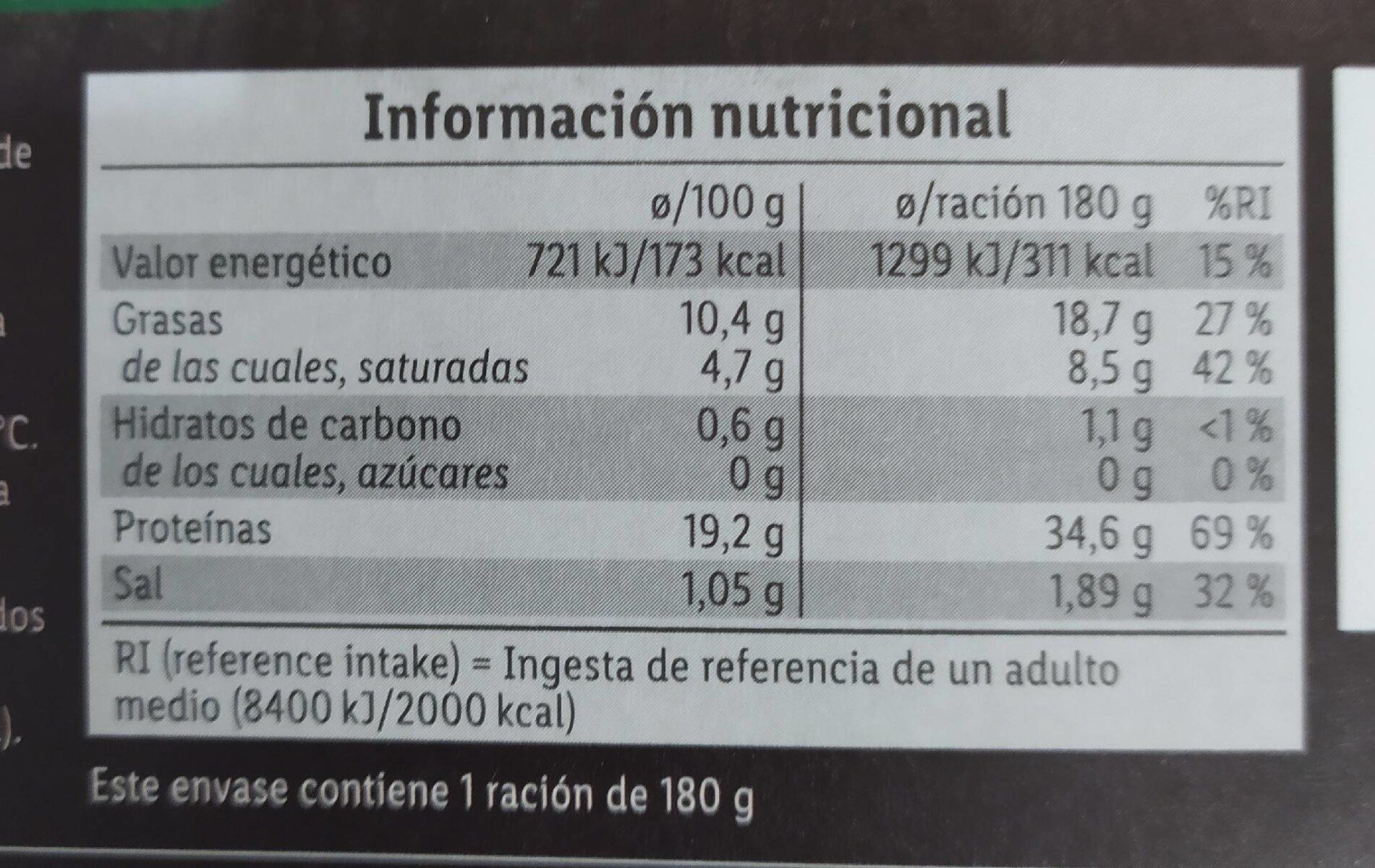Hamburguesa ecológica
This product page is not complete. You can help to complete it by editing it and adding more data from the photos we have, or by taking more photos using the app for Android or iPhone/iPad. Thank you!
×
Barcode: 40889375
Categories: Meats and their products, Meats, Sandwiches, Hamburgers
Labels, certifications, awards:
No gluten, Organic, Animal welfare, EU Organic, ES-ECO-019-CT, No lactose, es:bienestar-animal
Origin of ingredients: Spain
Countries where sold: Spain
Matching with your preferences
Environment
Packaging
Transportation
Labels
Report a problem
Data sources
Product added on by elcoco
Last edit of product page on by mariacastiel.
Product page also edited by armadillodesarmado, elcoco.c03ee34cdabd5a56b6f6a115d63c8b89, kiliweb, roboto-app, yuka.V284ZkxhMEJwOVFsdmZFUDFEYlYvNDVOblptVlRHaTFBT3d1SVE9PQ, yuka.sY2b0xO6T85zoF3NwEKvllcaavDMvg77BTDgqEuA59KHCcLSZMB-5YnZNKs, yuka.sY2b0xO6T85zoF3NwEKvlldmdd3UvTneGU3hnVCR5Y2EF5ntQthv64n7P6s.
